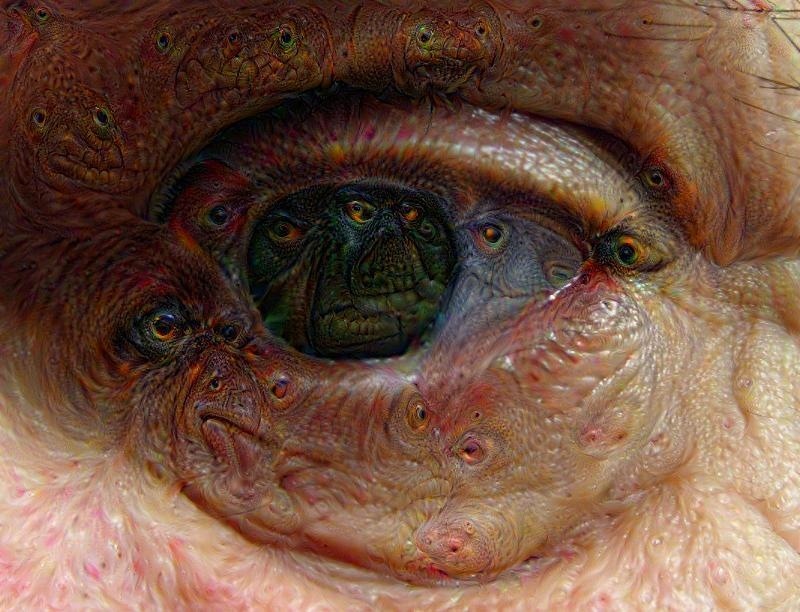
At its core, it’s about process rather than planning. The way Miyazaki makes films is both widely documented and little known. A different different kind of storytelling In his later years, it’s led him to break away from kishōtenketsu itself. It’s defined Miyazaki since the beginning. And that’s his rebellious, intuitive process. Still, there’s something that looms larger than kishōtenketsu over Ghibli’s storytelling - at least in Miyazaki’s case. If you just have non-stop action with no breathing space at all, it’s just busyness.” That sense of space is baked into the core of kishōtenketsu, and it can bubble up in small and surprising ways throughout an entire film. After clapping his hands, Miyazaki said, “The time in between my clapping is ma. It’s similar to the concept of ma, which Miyazaki famously discussed with Roger Ebert in 2002. Miyazaki himself has said that he’s “one of those who feel that a film should show some problem being overcome, even if it’s a small one.” But the nature of kishōtenketsu is such that even Ghibli films about war and death, like Grave of the Fireflies, don’t explore those issues quite like standard Hollywood stories. None of this is to say that Ghibli films contain no strife - most are packed with it. Kishōtenketsu in an early plot outline for Princess Mononoke (from the documentary How Princess Mononoke Was Born ) When Mei runs off, it’s a sudden twist that comes out of the blue. It introduces and develops the setting, as Satsuki and Mei arrive in rural Japan and meet Totoro. Under the hood, the kishōtenketsu structure is at work. It lacks a driving conflict - which has led some American critics over the years to say that “nothing happens” in it. My Neighbor Totoro is the clearest example. If you lean hard on this subtle distinction, the gap between stories made with kishōtenketsu and those made with the three-act structure grows vast. Many feature conflict, but the bones of the structure are development and change. With kishōtenketsu, stories don’t ultimately center on conflict. That structure is powered by a driving conflict, but kishōtenketsu ’s approach is a bit different. The average screenwriter in America uses the three-act structure - the inciting incident, rising action and climax we all recognize.

As he once explained:Īccording to kishōtenketsu, I divided the work into four parts - A, B, C and D - and as we proceeded in our tasks to part C, it became clear that we were considerably over the foot length and that we would end up way over the set film length.Īlthough Cagliostro bears some resemblance to Hollywood storytelling, kishōtenketsu can drift into very un-Hollywood territory. Even before his time at the studio, Miyazaki was already using kishōtenketsu to plan the story for The Castle of Cagliostro.

This way of telling a story is incredibly common in Japanese anime and manga - including Ghibli’s. It concludes by reconciling the twist with the rest of the story, revealing the connections between them. The structure can lend itself to long, quiet passages - only for a twist to shake things up. It has a “wandering quality,” which can feel unusual to people who don’t know East Asian storytelling. The structure is composed of four parts - ki (introduction), shō (development), ten (turn or twist) and ketsu (conclusion).Īs the writer Jianan Qian beautifully explained in The Millions, kishōtenketsu doesn’t work like stories from elsewhere in the world. You’ll find it in Chinese and Korean writing, too, under different names. Kishōtenketsu is a method of storytelling that dates to ancient times in Japan. A different kind of storytellingĪ diagram of the kishōtenketsu structure (courtesy of Randy Finch ) And the first is something that Ghibli stories share with most anime - a plot structure called kishōtenketsu.

That said, there are concrete differences between Ghibli stories and the standard American film script worth dissecting. From Hayao Miyazaki to Isao Takahata and beyond, the studio’s been a hub for some of the best filmmakers in the world. It’s clear that the talent at Ghibli is behind a lot of it. They’ve grown influential in the years since - but exactly what makes them work has proven slippery. My Neighbor Totoro, Kiki’s Delivery Service and Grave of the Fireflies were stories radically at odds with the Hollywood norm at that time. It goes deeper than a vibe or a visual look. There was something so unique, so different, about the way it made movies. Decades ago, when Japanese animation first started hitting the mainstream in America, audiences could already tell that Studio Ghibli stood out.


 0 kommentar(er)
0 kommentar(er)
